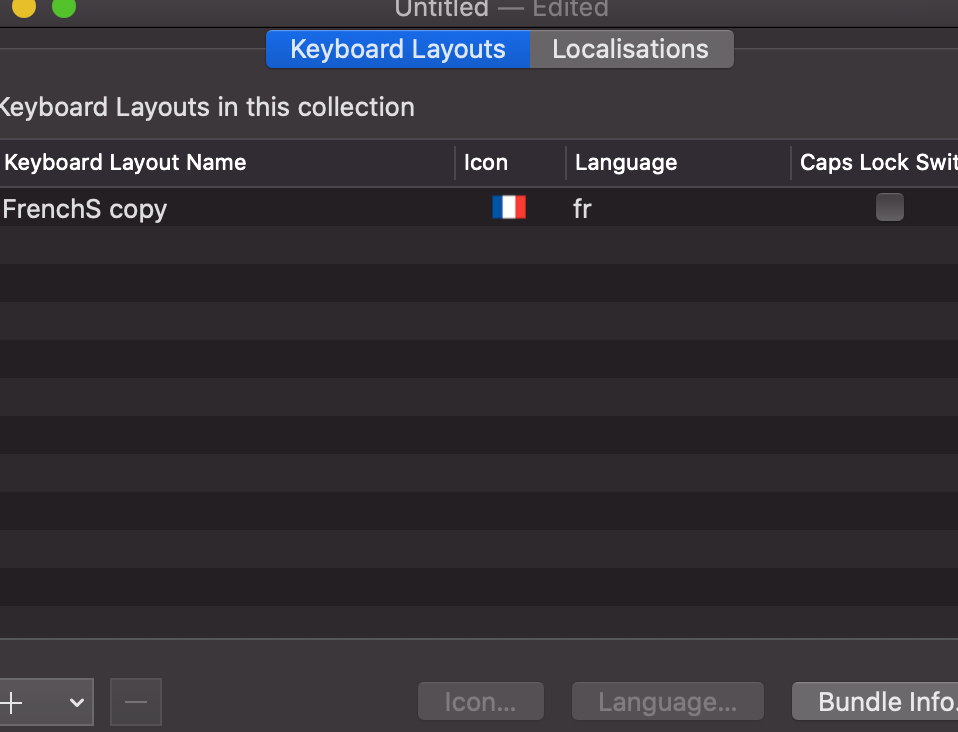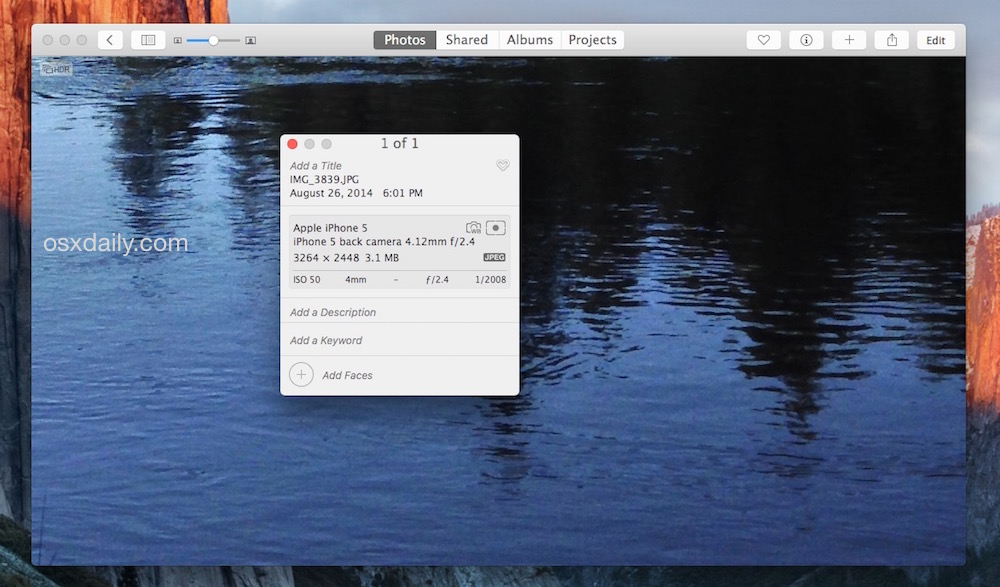The T.L.U.C Project Mac OS
Microsoft Project is the best project, portfolio, and resource management solution—but it’s not available on macOS®. However, with Parallels Desktop® for Mac, Apple® users can use a Windows virtual machine (VM) to run Microsoft Project on Mac®.
Getting started with running MS Project on macOS is easy:
- Download a trial of Parallels Desktop.
- Set up a Windows 10 VM. It’s very easy to buy a new Windows 10 license inside Parallels Desktop. (You can also use an existing Windows 10 license key.)
- Purchase Microsoft Project and download the .exe file in your Windows 10 VM.
- Start using Microsoft Project to get your job done!
For Mac Projects, such as Destroying or Coded Mac OS. If you make something REALLY good, I will promote you. If you post a Windows OS Project, you will be Kicked Out! Mac OS X & macOS names. As you can see from the list above, with the exception of the first OS X beta, all versions of the Mac operating system from 2001 to 2012 were all named after big cats. First I’ll set the scene – we support access to Project Web App (PWA) both for Project Server 2013 and Project Online using Safari on the Apple Mac, but we do not have a version of Project Professional 2013, or Project Pro for Office 365 that runs natively on OS X.
Parallels Desktop is the #1 virtualization solution to run Windows, Linux, and other popular operating systems on Mac. Virtualization of a Windows OS on Mac has endless benefits, including:
- Low cost in comparison to buying a second computer
- Minimized or eliminated downtime
- Increased productivity
- Faster backups
- Easy to recover or migrate to additional Mac devices
- Economic use of energy
- Eco-friendly choice to minimize the amount of electronic waste a single user produces.
If you’re still deciding if Parallels Desktop is right for you, continue reading to understand how a program manager utilizes virtualization to run Microsoft Project.
As a self-employed program manager, Tim specializes in large-scale data migrations and the development of sustainable business intelligence (BI) and analytic solutions. He has a wealth of experience in both IT and capital asset delivery, as well as general management, operational, and strategic roles in asset-intensive industries and regulation.
Like most consultants, Tim needs slick and stable IT to allow him to focus on the real issues. He doesn’t want IT issues to constantly be distracting him. Parallels Desktop offers a reliable platform that allows him to deliver.
As an avid personal user of Apple products, Tim also wished to migrate his work life to Mac. However, for most clients he needed to use Microsoft Project as a Gantt chart management tool. Being able to manage multi-project plans is an essential element for any program manager. Unfortunately, Microsoft Project is one of the few pieces of Microsoft software that has not been developed to run on macOS.
After online research, Tim concluded that the only successful way to use Microsoft Project on a Mac was through a Windows virtual machine. He discussed the issue directly with Apple, and they recommended Parallels Desktop as a solution.
Following a very simple installation of Parallels, Tim can now use Microsoft Project natively within a Windows environment on his MacBook Pro®. This means there’s no translation between products claiming to act as a Microsoft Project editor—quite simply, he’s running a Windows version of Microsoft Project on his Mac. It has proved to be an excellent solution for Tim.
Tim wholeheartedly recommends Parallels Desktop, which he has now been using successfully for several months. Installation was simple, and there are many configuration options that can be changed. (For example, the amount of memory dedicated to the Apple or Windows operating system.) This gives greater flexibility to the user. Tim hasn’t had any issues with Parallels Desktop at all, and the product is extremely stable in every way. Tim also added that Parallels® Toolbox (which comes included with Parallels Desktop) has been useful. He particularly likes the disk cleaning tool, which ensures his laptop is always operating efficiently.
If you’d like to use Parallels Desktop to run popular Windows programs on Mac (without rebooting!), download a free 14-day trial.
Sometimes it happen that we have to change or add the JDK/JRE version used by eclipse and/or we want to access the correct source code of the JDK.
The T.l.u.c Project Mac Os 7
Here the step by step procedure under OS X:
- Open File -> Preferences
- Search for the Installed JRE (currently the 1.8.0_73) and click ‘Add…’


3. Select the JRE Home
If you installed the SDK using the installer it should be in:
The T.l.u.c Project Mac Os 11
/Library/Java/JavaVirtualMachines/jdk1.[version].jdk/Contents/Home/
To access the sources select rt in the System Libraries and click Source Attachment …
Choose the src.zip file from the directory containing the JDK
- Confirm and set the new JRE as the default one clicking on the checkbox near the name
The change is effective only for the new projects, if you want to change the JDK/JRE for an existing project:
- Click with the right button on the project and choose ‘Properties’. Search for ‘Java Build Path’ and select the JRE under Libraries. Click te ‘Edit’ button.
- Choose the new JRE
- (Optional) Restart Eclipse
The T.l.u.c Project Mac Os 11
Without a restarting if you try to call the JRE sources Eclipse will throw an error